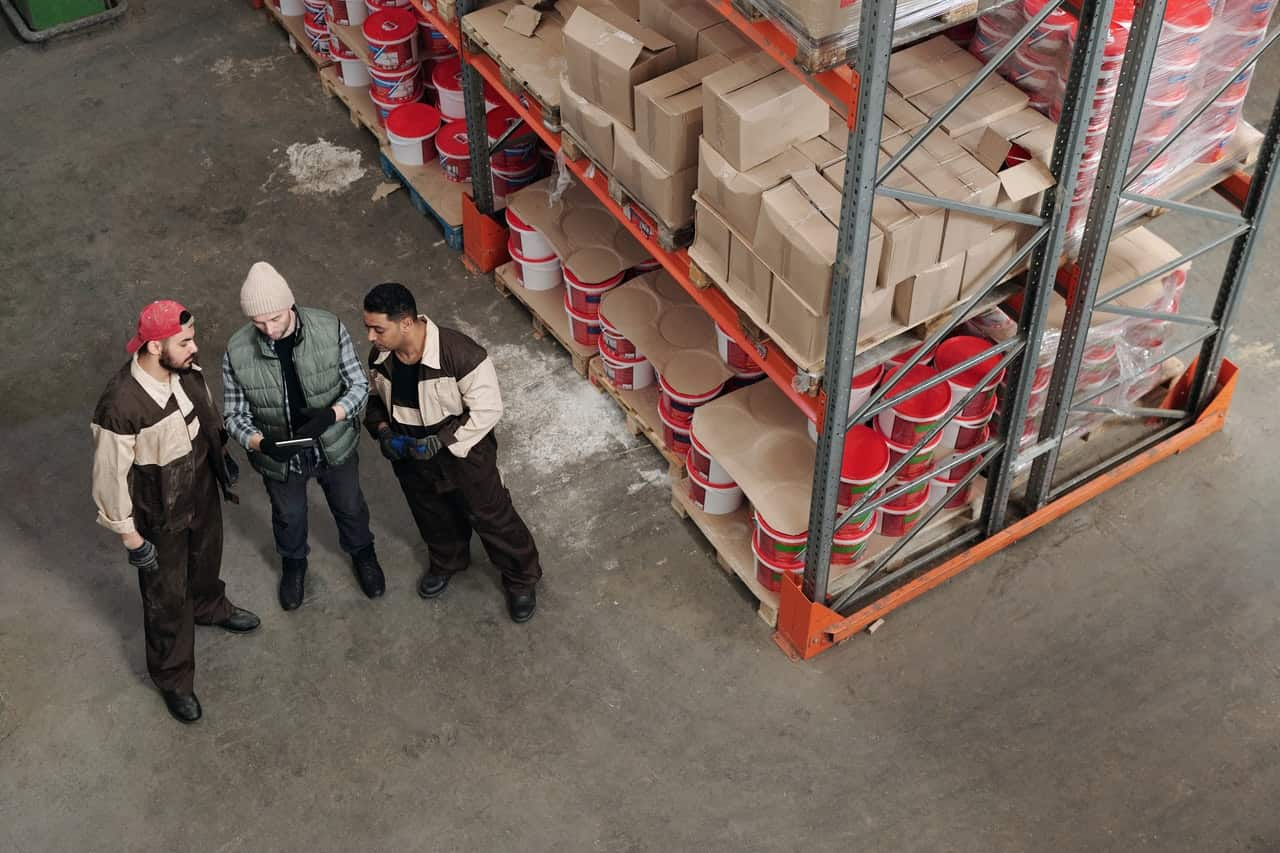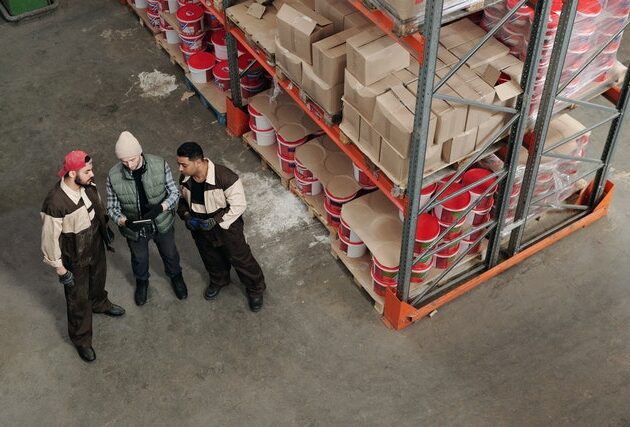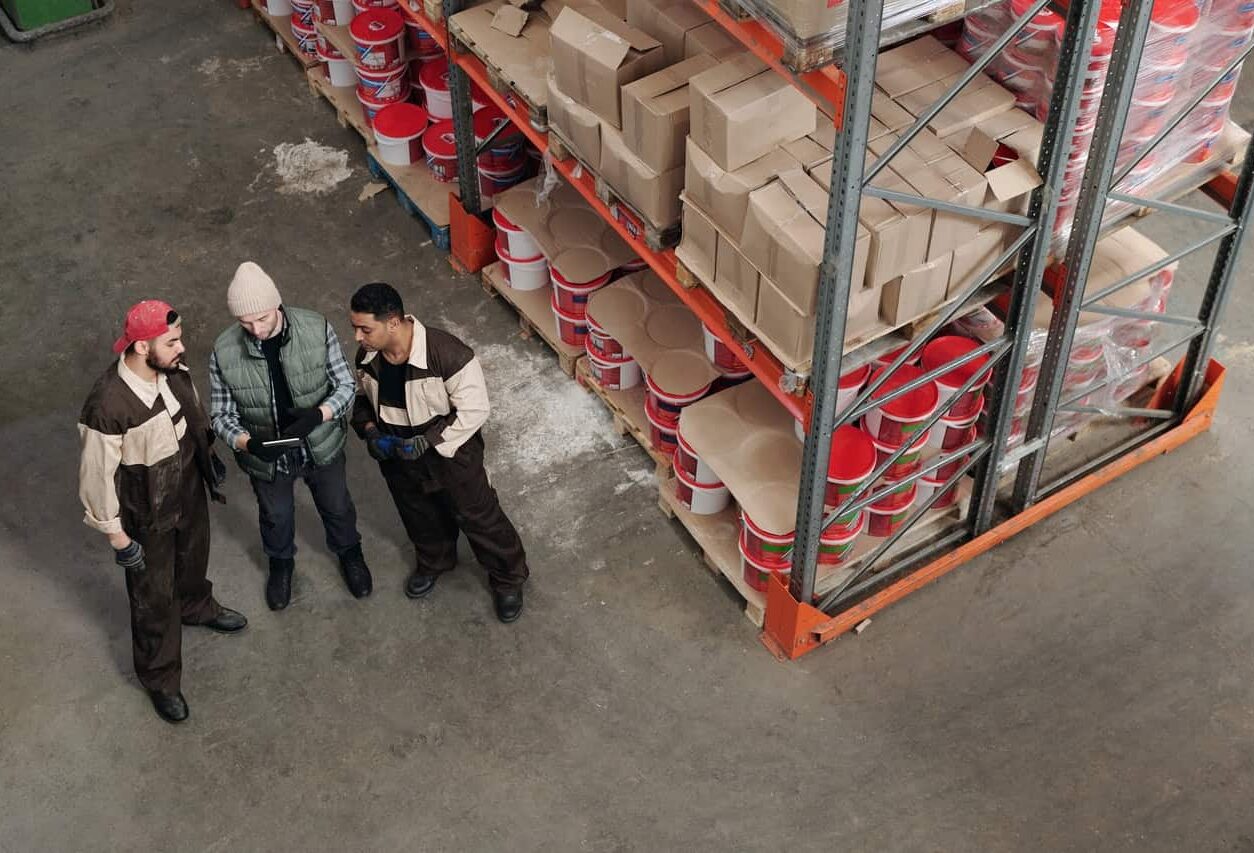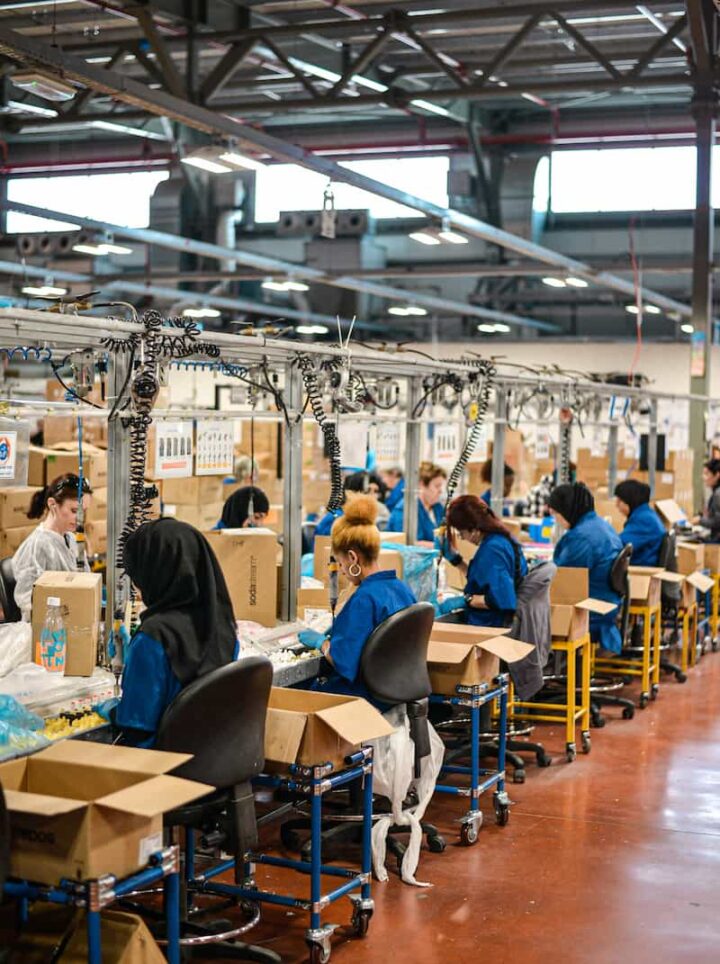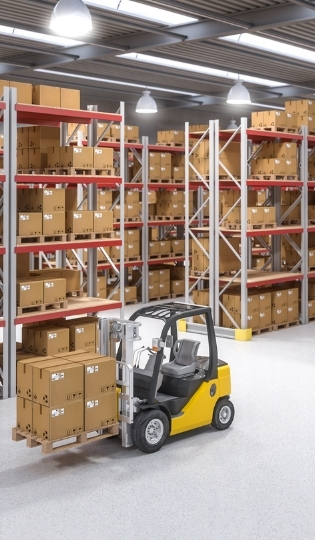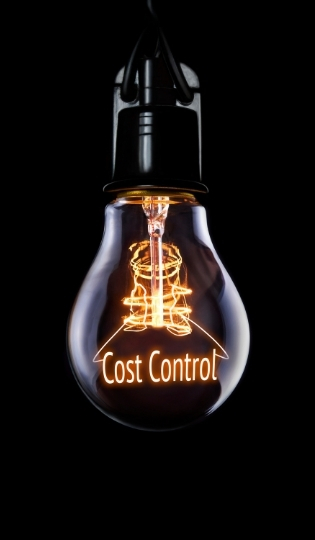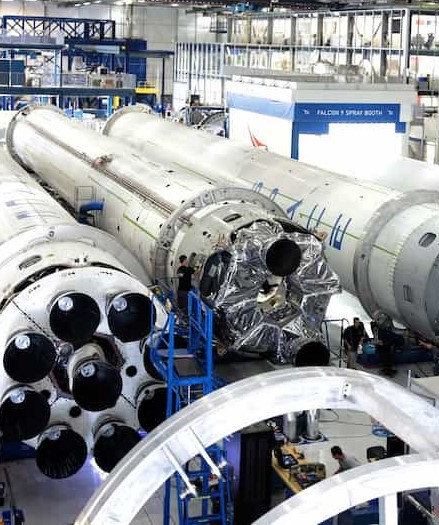What is a bottleneck?
On a production line, a bottleneck is a station that receives more work than it can handle at its maximum production capacity. In other words, it is the production step with the lowest throughput in a production flow. For this reason, a bottleneck can also be called a capacity constraint.
To understand this better, let’s take the example of a potter who makes a vase on his wheel in 30 minutes and then places it in the kiln, which has a capacity of only one vase, for 50 minutes. If the potter mass-produces his vases, he is making almost 2 vases while the kiln is firing only one. The kiln is then the bottleneck because it receives too many vessels for its firing capacity. Now imagine that the kiln fires one vase for 30 minutes and the potter takes 50 minutes to produce one vase. The bottleneck station then becomes the potter’s station. In this case, the kiln is under-firing, and is therefore not optimised.
Removing bottlenecks is one of the most relevant ways to improve plant performance. Indeed, the overall production result depends on the result of the least efficient system. Thus, taking the previous example, 1 vase will leave the potter’s workshop every 50 minutes, just like the least efficient station.
Thus, the optimisation of logistical flows makes it possible to improve the rate of production and thus to limit production costs and better meet customer deadlines.
How to identify a bottleneck?
To remove a bottleneck, it is first necessary to identify it, in order to put in place the appropriate measure.
Three-step identification methods are generally recommended :
- Monitor activity using visual indicators. Visualising the overall functioning of the activity on a Kanban board or on a flow chart makes it easier to spot where tasks are accumulating.
- Map the queues for each job. On a production line, for example, a bottleneck will be visible at a station where there is a lot of stock upstream.
- Measure the cycle time per stage. This step allows you to quantify the waiting times at each station and to identify the capacity imbalances that exist between the different stations.
How to limit bottlenecks ?
To limit a bottleneck, it may be sufficient to allocate more manpower or resources to the limiting position. For example, on a production line, if an assembly station is the bottleneck, it may be appropriate to add operators to that station, or to hire an additional quality assurance tester to reduce the working time of the operators already on the station.
Another very effective way to limit a bottleneck in a production line is to set up buffer stocks, also called buffers.
A buffer is a stockpile, placed at strategic points in the production chain, that allows for stabilisation of flows, and for working at maximum capacity so as to limit production shortfalls. In manufacturing, this can mean keeping enough materials on hand to ensure that operations run smoothly.
There are also other things that can be done to limit bottlenecks :
- Run the identified bottleneck at full capacity. Indeed, the limiting process should never be idle, as it already has a negative impact on the rest of the production line due to its production time.
- Reduce the pressure on the bottleneck as much as possible. The work should arrive at the limiting station at its best level, so that no revision is required once on the station, which would further extend the time at this stage.
- Manage the limits of the amount of work in progress. Following on from the previous point, it is important to set a limit on the amount of work in progress so as not to overwhelm the bottleneck station.
Constraints outside the factory can also cause bottlenecks. For example, a shortage of raw materials can quickly create a bottleneck at the assembly stations, and thus lead to a drop in production. This type of constraint is difficult to predict and reduce, but requires a high degree of reactivity and flexibility on the part of the company.
Adopt a continuous improvement approach to optimise production at each production cycle
It is important to note that once the bottleneck is identified and rectified, a new bottleneck will inevitably emerge on the production line.
For example, let’s take the case where the potter produces a vase every 30 minutes and the kiln fires a vase every 50 minutes. To improve the performance of the necking station, the potter may decide to buy a second kiln and thus fire 2 vases at a time. In this case, the potter will automatically become the new bottleneck station, because, in continuous operation, a vase will now leave his workshop every 30 minutes, just like the time it takes to make a vase.
This is why it is important to adopt a continuous improvement approach in order to reduce the limiting items in each production cycle.
Written by Emma Guignard
